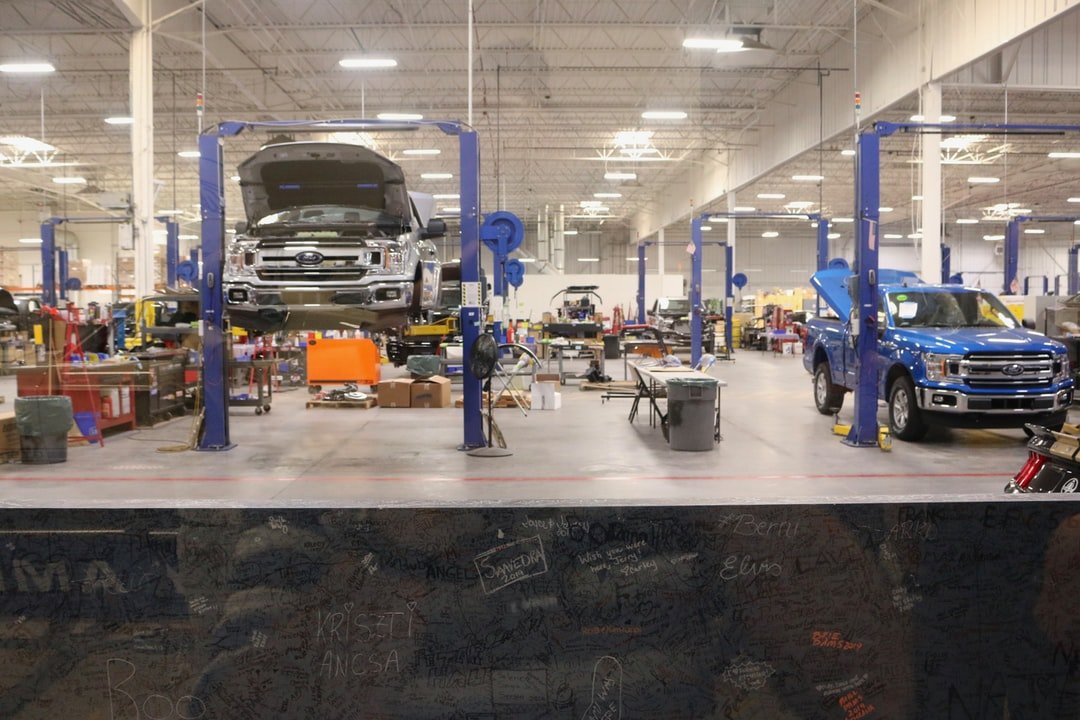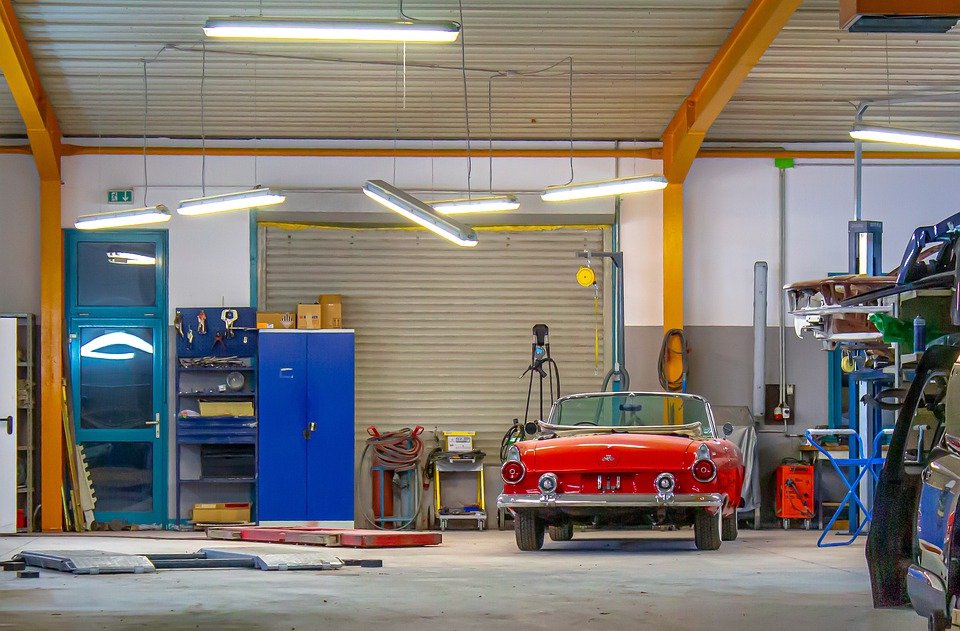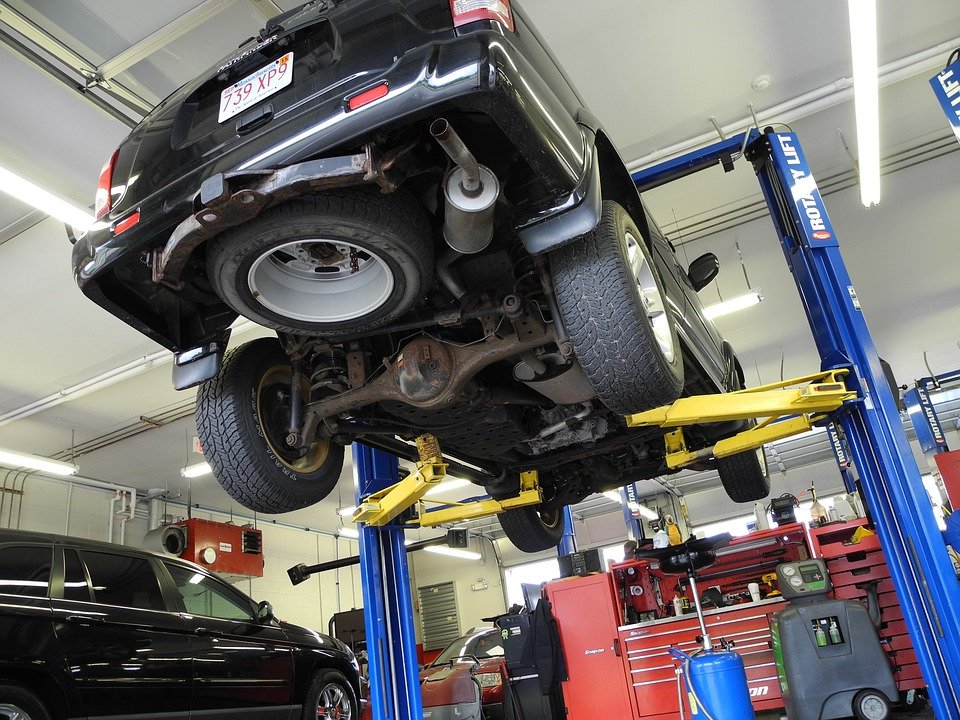
Wheel alignment, sometimes called following, or fixing is an important component of regular automobile maintenance which usually includes adjusting the individual rotors of your vehicle to the vehicle manufacturer's specifications. The purpose of these corrections is to ensure that vehicle travel, handling, and braking are all consistent and straight. Corrected wheel alignment allows the wheels of your vehicle to work more smoothly, reducing wear and tear on the rotors. In addition, wheel alignment also minimizes unsprung mass within the wheel assembly, which can increase the risk of damage to the internal components of the engine and/or transmission. If you would like to greatly enhance the performance of your vehicle, you should consider checking out this wheel alignment near me expert for regular wheel alignment.
Many vehicle owners are initially unsure of the benefits of regular wheel alignment maintenance. Some questions that commonly arise are, "how does it prevent my vehicle from wearing out early," "what are the signs of a worn out wheel assembly," "how do I find out if my vehicle is in need of alignment?" Answers to these questions can be found below. In addition to the previously mentioned factors that can cause premature tire wearing, extreme jack-shifting or sudden stop and go movements can sometimes lead to the loss or damage of one or more rotors. It is very important to make certain that your car or truck is properly aligned to avoid this occurrence.
When making adjustments to your vehicle, you must always start with the tires first. Tire rotation is the first step of wheel alignment. Rotate all four tires according to their centerline, being careful to not rotate the tread too far to either side or over the top of the air holes. You should rotate each of the four tires every 100 feet, or about two miles per hour, depending on driving conditions. Keep in mind that you should never leave a tire down for any length of time, as this can lead to extreme tire wear.
Next, check the steering angle of your vehicle. There are basically two ways to do this. You can either bring your vehicle to a complete stop, allowing the steering column to drop to the floor, or you can apply enough force to the steering wheel in order to effect a change in the rate (the difference between the steering angles and the vertical). To begin, if your car rolls through on a level surface, your alignment should be fine. However, if you are riding on a slope, the extra pressure applied to the steering column can cause the wheel alignment to become slightly off. It may also be necessary to apply even more pressure to the steering wheel to correct this problem. See more here about the best wheel alignment specialist to visit.
If your vehicle has a high steering angle, you may experience increased steering lock (which causes the vehicle to twist), increased tipping and loss of traction. A severe case of steering lock may require you to completely re-adjust the steering wheel alignment. If you notice that the above symptoms are occurring while driving, it is most likely that you have not correctly adjusted the steering. Therefore, you should consider adjusting the following components:
Regardless of what type of vehicle you drive, there is always the chance that your tires or wheel alignment will need to be adjusted. With so many things that could go wrong during driving, it's important to make sure that everything is as balanced as possible. Even if your vehicle does not have serious problems, it is a good idea to make sure that you are driving smoothly all the time. That's because problems can only grow, one side at a time, unless you are attentive to them. Also, keep in mind that one of the most dangerous things that can happen to a vehicle is losing traction, which could lead to an accident. If you want to know more about this topic, then click here: https://en.wikipedia.org/wiki/Tire_balance.


